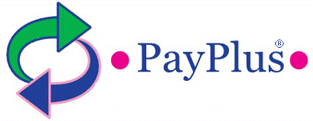Report to be submitted by more employers
More reporting responsibilities are heading your way, requiring a tag team approach between Payroll and HR.
This comes as you may still be in the midst of sorting out who’s doing what to meet Affordable Care Act reporting requirements.
Form 1095-C, due to the IRS by May 31, 2016, ended up becoming a joint effort between Payroll and HR for many employers.
After all, the payroll system contains key data such as hours worked, and HR has the latest information on who’s eligible for health coverage.
Now, another form is putting the spotlight on communication between HR and Payroll. Changes are in the works regarding the EEO-1 Report, so that:
More employers would have to file the report—i.e., private employers, not just federal contractors, with at least 100 employees, and
The form would be expanded to include Form W-2 earnings and hours worked.
The revisions would kick in for the EEP-1 Report due Sept 30, 2017.
Collecting pay data
If you have concerns about the report, you’re not alone. During a recent EEOC hearing on the EEO-1 Report, participants noted problems with relying on W-2 earnings.
The EEOC chose W-2 earnings because common compensations elements – such as overtime pay, severance pay, shift differentials, nonproduction bonuses, year-end bonuses, holiday bonuses and tuition reimbursement – would be included.
Overall, the goal of the reports is to detect discrimination. But including those compensation elements in the EEO-1 Report: Calculate imputed income for all employees at set times during the year.

Recent Comments